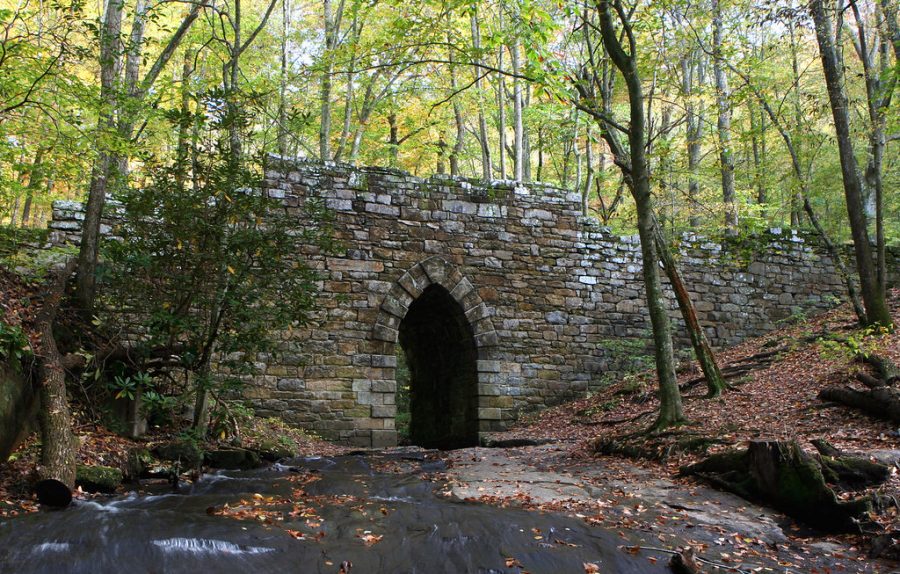‘The Devil All the Time’ and the Southern stereotype
The Southern Gothic genre of film and novels, often represented by an aesthetic like the photo above, has come under fire for its stereotypical portrayal of religion and the South.
Warning: This article contains spoilers for “The Devil All the Time.”
“The Devil All the Time” is yet another Netflix original that has swept the nation, despite its definitively small theatrical release. The star-studded film featuring Tom Holland, Robert Pattinson and Bill Skarsgård focuses on the depth of religion and evil in the South set against the backdrop of World War II America. Based off the book of the same name, the film is narrated by author Donald Ray Pollock and is deeply psychological, with disturbing themes throughout. Although the film received mixed reviews, its portrayal of Southern culture has garnered the most attention, namely from evangelical Christians.
The film is split between two plotlines that eventually converge into one greater story. In one, Helene Hatton (Mia Wasikowska) is married to evangelical preacher Roy Laferty (Harry Melling). Laferty is heavily devoted to his faith, going so far as to commit dangerous acts in the name of God, such as pouring spiders on his head during a sermon. Laferty goes insane from an allergic reaction induced by a spider bite and begins to believe he can bring people back from the dead. Eventually, Laferty kills Hatton and attempts to resurrect her. In the other plotline, Willard Russell (Bill Skarsgård) and his son Arvin (Tom Holland) sacrifice the family dog as a prayer to God to save Charlotte (Haley Bennett), Russell’s terminally ill wife.
The story continues, growing more and more gruesome as the plot thickens, and while there is no doubt that it is a decidedly entertaining psychological thriller, there has been heavy controversy surrounding its themes.
Southern culture has always been portrayed in the media as a darker, more Gothic side of America; take “To Kill a Mockingbird”, for example. While Harper Lee’s novel does not necessarily contain Christian themes as heavily as in “The Devil All the Time,” the ideals of Southern life remain constant; abuse of power, good versus evil and above all superiority of one group over another. Although the South has historically been a location of heavy discrimination and focused Christianity, it has still been designated in the modern day as the place where freedom goes to die.
This is especially apparent in “The Devil All the Time,” where murder and violence are common in the small town where the characters reside. The “Southern Gothic” genre has always been connotated with something negative; grotesque stories of domestic violence, religious terror and abuse of women. It is hard to believe that eventually there would not be negative views shed on associated groups, whether that be religious people or inhabitants of the American South. Interestingly enough, “The Devil All the Time” is not actually set in the Deep South as it may seem; the town sits on the border of Ohio and West Virginia, yet the vernacular used by the characters is reminiscent of that featured in classic Southern movies like “Forrest Gump” and “Driving Miss Daisy.”
So, is “The Devil All the Time” and other Southern-based movies’ portrayal of Southern culture damaging? The answer is maybe, but maybe not. Southern Gothic movies are tremendously popular, whether evangelical Christains like them or not. Many of them are set more than half a century ago, which should help distinguish the setting from the modern South. However, “The Devil All the Time” especially goes out of way to demonize not only the South, but religious ideals as well. The question that remains is what the limits are to art, especially art that may contain negative connotations.
Regardless of one’s opinion on “The Devil All the Time” and other Southern Gothic films, it is hard to resist such an exciting film.

Molly Wetsch is a senior at LHS. She is a second-year staff member and serves as one of five Editor-in-Chiefs for the Statesman. When not hanging out in...


